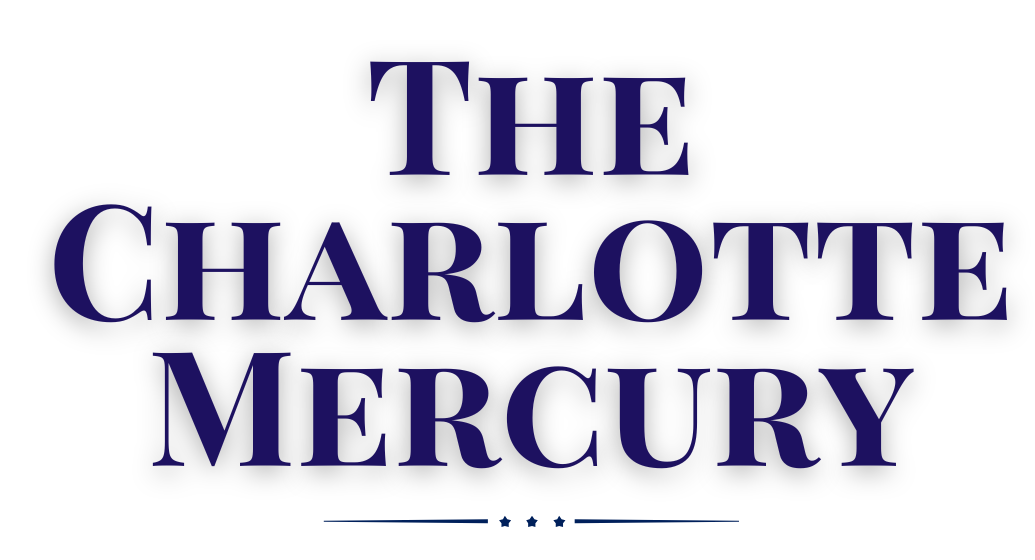TEGA CAY, S.C. — The deer population in Tega Cay is not just a nuisance. It’s a crisis.
For years, the city has grappled with the sheer number of white-tailed deer weaving through its streets and backyards, much to the dismay of homeowners who have lost landscaping and patience. The numbers are staggering—roughly 1,000 deer in a city of just five square miles. The result? Collisions, property damage, and an ever-expanding herd that has outpaced natural predators.
City officials have tried the politically fraught solutions. There were the sterilization efforts, the relocation attempts, and the advisory committees. None worked. Then, in a move equal parts pragmatic and controversial, the city turned to professional sharpshooters. The hunt began.
From Overpopulation to Dinner Table
For the past two years, the city has contracted Lowcountry Wildlife Specialists to cull the herd. This winter alone, 80 deer were taken, their meat processed and sent to the Catawba Nation’s food distribution center in Rock Hill.
On a recent Saturday, the line wrapped around the building as tribal citizens waited for venison—a rare and welcome addition to the food supply. Michelle Payne, among the first in line, had specific orders from her granddaughter: “She told me, ‘Mimi, can you pick up Bambi?’”
Inside, Amanda Parker and Hayley Brezeale, the Catawba Nation’s wellness coordinators, loaded baskets with venison cuts—ground, cubed, backstrap, and loin. The meat was free, not counting against the tribe’s monthly food allowance, which is distributed via a point system designed to prioritize nutritious, local options.
“It’s simple,” Brezeale said. “We don’t waste food. We distribute what we have to the community.”
The initiative falls under the broader concept of food sovereignty—ensuring Indigenous communities have access to local, sustainable food sources. The deer of Tega Cay, problematic as they may be for suburban residents, are a resource to others.
A City Divided
Not everyone in Tega Cay supports the culling program. Some residents, particularly in the more manicured neighborhoods, object to the idea of professional hunters operating within city limits. Others argue that the city is simply cleaning up its own mess—decades of unchecked development that removed predators and provided the deer with a lush, suburban buffet.
Then there’s the question of money. The sterilization program cost the city upwards of $1,200 per deer. Relocation was even pricier. The culling, by contrast, is funded in part by grants and has the added benefit of feeding people. Still, at city council meetings, objections remain.
“They come into my yard. They eat my flowers. But I don’t want them killed,” one resident said at a recent meeting, before suggesting that non-lethal deterrents—like spraying plants with deer repellent—be reconsidered.
Council members listened politely, then pointed to the data. Fencing doesn’t work. Repellents wash away. The deer keep coming.
The Reality of Suburban Wildlife
This is not just a Tega Cay problem. Across the country, suburban areas have become accidental sanctuaries for deer, raccoons, coyotes, and even bears. Where natural predators have been eliminated, wildlife flourishes. In some places, that means more songbirds and foxes. In Tega Cay, it means a four-legged population explosion.
South Carolina state officials note that regulated culling programs are increasingly common. In some cities, hunts are managed via lottery systems for local bowhunters. In others, professionals are hired to take out specific numbers of deer.
“Managing wildlife in urban and suburban environments requires making difficult decisions,” said one state wildlife official. “No one likes the idea of killing animals, but the alternatives—starvation, disease, car accidents—are worse.”
A Model for Other Cities?
The partnership between Tega Cay and the Catawba Nation is, at the very least, a practical solution to a complex issue. Other municipalities are watching, particularly those where the deer populations have begun to strain local ecosystems.
For the Catawba, the meat is a meaningful addition to their food program, which prioritizes local sourcing and sustainability. The tribe also works with local farmers and foragers, ensuring that the food distributed is both culturally relevant and environmentally responsible.
Courtney Knight, the tribe’s food stewardship program manager, sees the deer program as part of a larger shift.
“We’ve had people start their own gardens, grow their own food, sell to us, and teach their kids about sustainability,” she said. “This isn’t just about deer. It’s about taking care of what’s around us.”
For now, Tega Cay’s approach stands as a rare example of a wildlife problem becoming a food solution. Whether it remains that way—or sparks further controversy—remains to be seen.
Jack Beckett’s Signature
Jack Beckett drinks his coffee black, reads the fine print, and writes the stories that don’t chase the headlines, but explain them.
At Charlotte Mercury, we tell Charlotte’s stories—unvarnished, unscripted, and worth your time. You can find our politics coverage here, our latest business insights here, and if you’re into zoning battles, well, we’ve got that too. Want to know what CMPD is up to? Click here.
Got something to say? You can always message us on X.com (or Twitter, or as we call it, Twix).
The Mercury is brought to you by Glory Days Apparel—Charlotte’s premier nostalgia brand. If you remember the old Hornets colors, the original Bojangles, or the thrill of Discovery Place in the ‘90s, you’ll find your next favorite T-shirt here. Visit them at 2202 Hawkins Street, Charlotte, NC 28203 or follow them on Instagram @glorydaysapparel.










